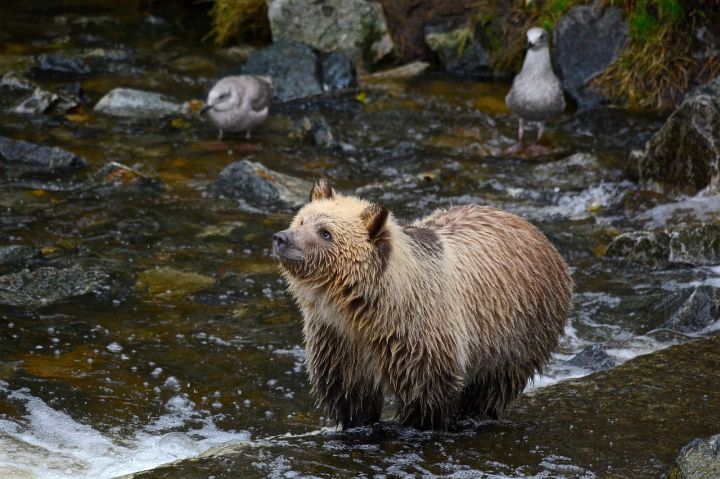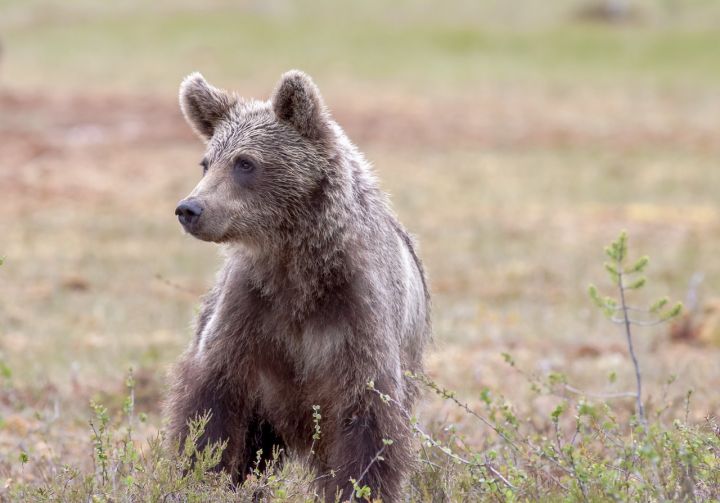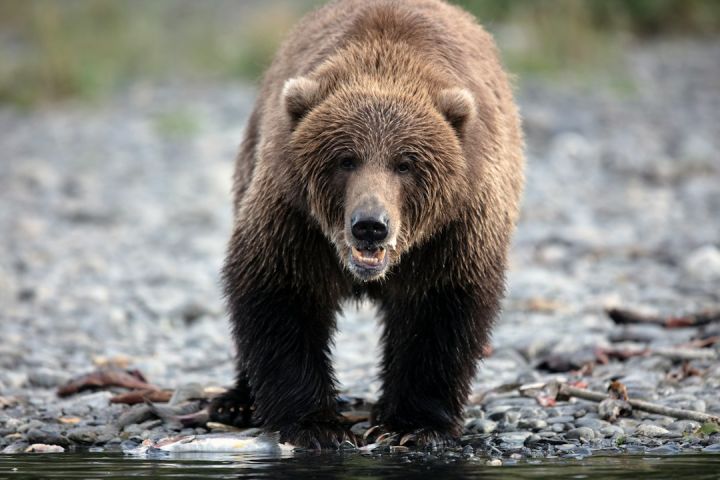How Does the Summer Heat Affect Bear Movements?
Summertime is a season of warmth and sunshine, a time when many of us humans take to the outdoors to soak up the rays and enjoy the beautiful weather. But have you ever wondered how the scorching summer heat affects the movements of one of nature’s most majestic creatures – the bear? In this article, we will explore the fascinating ways in which bears adapt and respond to the rising temperatures during the summer months.
The Need for Cool Shelter
Like humans, bears have a natural inclination to seek relief from the sweltering heat. As the mercury rises, these magnificent creatures will often retreat to the shade provided by dense forests, caves, or even bodies of water such as rivers and lakes. These cooler environments not only help bears regulate their body temperature but also provide them with protection from the scorching sun.
Altered Feeding Patterns
Summertime heat can also have a significant impact on the feeding patterns of bears. With the increase in temperature, many of the berries, nuts, and other plant-based food sources that bears rely on may ripen or dry up faster than usual. This scarcity of food can lead to bears having to travel greater distances in search of sustenance, which in turn affects their overall movement patterns.
Water as a Lifeline
Water plays a crucial role in the lives of bears, particularly during the hot summer months. Bears require large amounts of water to stay hydrated and cool, just like any other living being. As the heat intensifies, bears will often gravitate towards bodies of water such as rivers, streams, or even man-made sources like watering holes. These water sources become essential lifelines, providing the bears with the means to quench their thirst and lower their body temperature.
Nocturnal Wanderings
Another interesting adaptation that bears employ during the summer heat is adjusting their activity patterns. To avoid the hottest parts of the day, bears may become more active during the early morning or late evening hours when temperatures are cooler. This nocturnal behavior allows them to conserve energy and reduce their exposure to the scorching sun.
Human-Bear Interactions
The summer heat not only affects bear movements but can also influence their interactions with humans. As bears search for food and water, their paths may cross with human settlements or recreational areas. This can lead to increased human-bear encounters, as bears may be more willing to venture into areas they would typically avoid in search of resources. It is important for humans to take precautions and be aware of these potential encounters to ensure the safety of both bears and people.
Protecting Bear Habitats
As we witness the effects of climate change, it becomes increasingly important to protect bear habitats and ensure their survival. Rising temperatures, habitat loss, and changes in food availability all pose significant challenges for bear populations. Conservation efforts, such as preserving natural habitats and implementing bear-friendly practices, are vital to maintaining healthy bear populations in the face of the changing climate.
In conclusion, the summer heat has a profound impact on bear movements. From seeking cool shelter to altering feeding patterns and adjusting activity levels, bears demonstrate remarkable adaptations to cope with the rising temperatures. Understanding these behaviors not only enriches our knowledge of these magnificent creatures but also highlights the importance of protecting their habitats in the face of a changing climate. So, the next time you enjoy the warmth of the summer sun, take a moment to appreciate the resilience and resourcefulness of bears as they navigate the challenges of the blazing heat.






